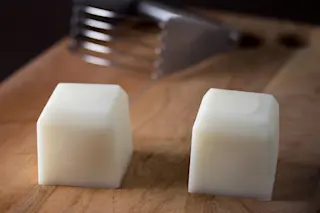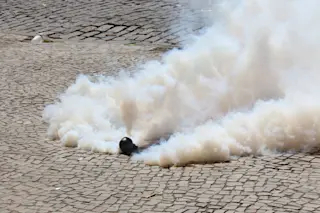For the health-conscious members of society, there are several food fiats: thou shalt avoid high fructose corn syrup, steer clear of ingredients that sound like they could be found in jet fuel, and fear partially hydrogenated oils. Oil in and of itself is not inherently bad; how does adding hydrogen to transform it into the bane of all processed foods?
The general term “hydrogenation” refers to the “reaction of hydrogen with an organic compound.” The term organic compound refers to any molecular compound that contains carbon atoms. The process used to modify oils is technically known as “catalytic hydrogenation,” since it takes place in the presence of a catalyst, which helps speed up the reaction.
Hydrogenation is typically used to improve the flavor stability and keeping qualities of oil. An unhydrogenated oil can turn rancid because its unsaturated carbon atoms are free to bond to oxygen atoms from the air, ...














